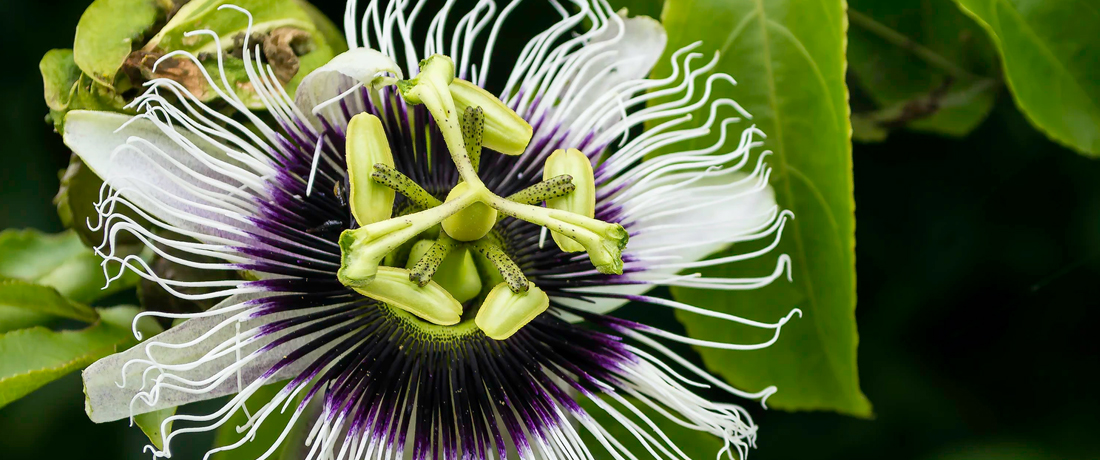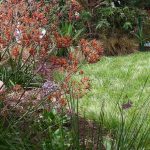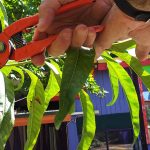
Grapes
Grape vines are fairly easy-going when it comes to soil types, and seem to tolerate our clayey Melbourne sub-soils pretty well. Check your pH before popping in a grape, as they prefer a neutral to slightly acid soil. Position them in a nice sunny spot with plenty of support in the form of a tough trellis or sturdy fence – grapes grow up to be big and strong, and are certainly capable of yanking down a dodgy dwelling or flimsy fence line!
Grapes are produced on the current season’s growth. There are two types of pruning depending on which type of grape you have selected. There are two methods usually used for pruning grapes, cane pruning or spur pruning. Grapes grown commercially for wine production or fruit are usually spur pruned, however, most home gardeners train the vines over a structure and so cane pruning is used.
Cane Pruned Grapes
This is used for Sultana grapes as they produce fruit on the current season’s growth and on one year old wood. This technique can also be used on other grapes where they are to be trained over a structure, such as a pergola.
In the first year, simply let the vine grow and select one or two canes to train up the support you have selected. These are the framework canes. Prune back to a bud once these have reached the desired height. Four strong growing canes are then selected from the framework canes. Prune out all other canes and train the selected four canes horizontally along the wire or along the pergola. These canes will produce the fruit. Each year select four new canes and prune out all others, as these will produce fruit from the growth buds along the canes.
Spur Pruned Grapes
This is the method usually used in vineyards. These produce fruit on the current year’s growth from permanent spurs. The pruning technique used is called spur pruning.
The first step is to develop the framework cane. Allow one cane to grow up the support to the desired height and prune back to a bud at this point. Select two canes and train horizontally over wires or another horizontal support. This will form the framework canes. Once these canes are trained horizontally, they should start to produce canes from the buds along the length of this cane.
These will form the spurs. It is important at this stage to select healthy growth that is spaced along the length of the framework cane, and usually buds are selected that face upwards. Keep the spacing at approximately 30cm apart. Shorten the selected spur canes to the second bud and prune off all other growth from the framework canes. These will now form your permanent spurs.
Each year, all new growth from the spurs needs to be shortened to the second bud.
Kiwi
Prune hard in winter. Their vigorous growth habit means they will end up a tangled overcrowded mess unless you remove excess growth. Fruit appears on the first 6 or 7 buds on new wood.
Passionfruit
Passionfruit vines don’t have to be pruned to get good fruit set, but pruning in early spring (after last frosts – important) will help promote new growth where the flowers and subsequent fruit will form. Pruning will also keep a rampant vine under control. Avoid pruning the main stems and main lateral stems, clean up the twining often rampant side stems. You can remove as much as one third of the previous year’s growth. More information on growing passionfruit here.






